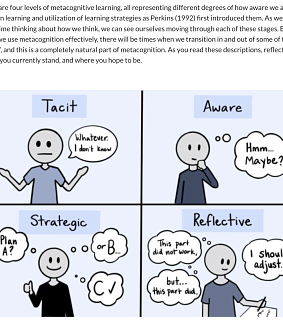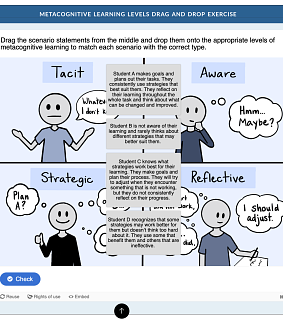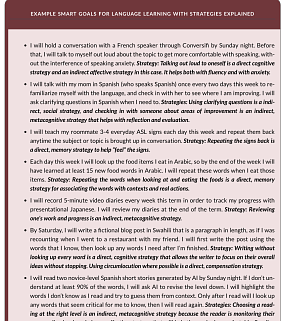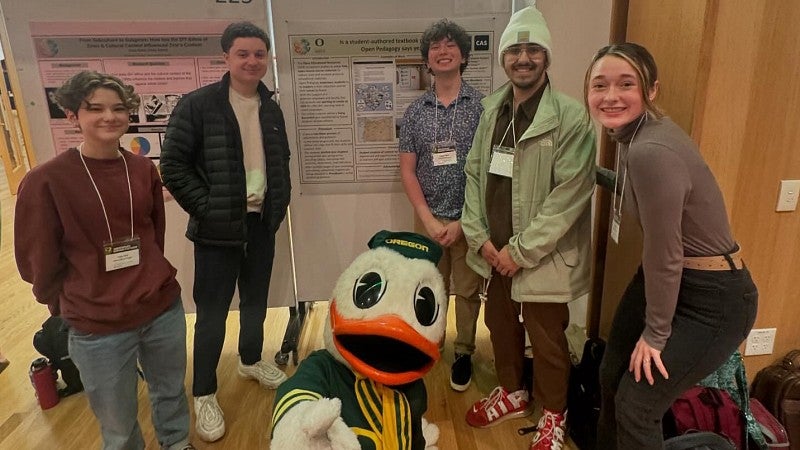
Oct. 22, 2024 - 12:00pm
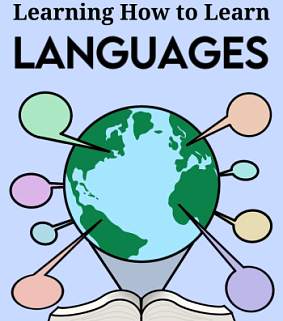
A group of students in the University of Oregon's Linguistics Department in the College of Arts and Sciences spent nine months in 2024 developing a unique set of open educational resources for language learning, available to the public for free. The final product, Learning How to Learn Languages, was published in September. It is now available to anyone, including students in the linguistics course, Learning How to Learn Languages, which enrolls 70-100 students each fall and spring.
Keli Yerian, Distinguished Teaching Professor in the Linguistics department and director of the Language Teaching Studies master’s program, was awarded $53,000 in funding to develop an open educational resource written by students themselves. The funding was sourced from both internal and external grants from Open Oregon, the Williams Fund and CAS dean’s office.
“In the past, this course did not have a coherent central text beyond one being used in bits and pieces, and it was 20 years old. I looked for relevant open education material but there was not much available,” said Yerian.
The project represents a significant step forward in open-access education, with potential savings of up to $10,000 per class of 100 students. Beyond the immediate financial impact, the project fosters a collaborative, real-world learning environment for both current and future students, emphasizing the importance of inclusive, diverse educational resources.
While Yerian was the project lead, the work was largely managed by graduate student Bibi Halima. A team of undergraduate students—Addy Orsi, Abhay Pawar, Logan Fisher, Faith Adler and Cameron Keaton—wrote and developed almost all the content of the project. This approach of involving students in the direct creation of free public content is called open pedagogy. Future students can contribute new information to it, making it a growing body of accessible educational resources.
“I am committed to the principles of educational equity, and I believe that making textbooks open and free of cost is a crucial step toward moving the needle on achieving equitable outcomes for all students,” said Halima. “If we believe that education is a basic human right, then open educational resources are a powerful tool to protect that right.”

To develop the open resource, the students referred to sources already being used in class, but also did further research on theories and practices and included their own writings, illustrations and audiovisuals in the content.
“The students were excited to create free materials and have a way to contribute to the development and curation of curriculum,” Yerian said. "I was most interested in the open pedagogy and seeing how students come up with ideas.”
The final course materials blend traditional linguistics with metacognitive strategies for language learning. The students included more than just text in the new materials. They produced and curated videos, artwork and research projects, which formed the core of the new OER.
“This resource isn’t a traditional textbook in the usual sense, which are often static and costly. Each chapter and page in this book are backed up by personal stories and experiences of authors, making the content relatable for learners on a personal level,” Halima said.
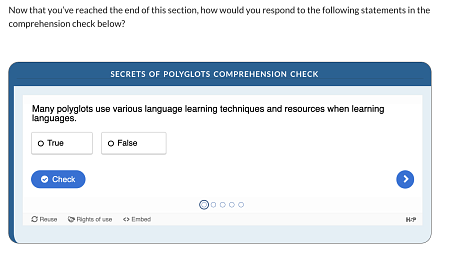
Yerian explained the project is rooted in social justice values, as it provides free access to learning materials and amplifies the voices of diverse language learners. The course that uses these materials encourages students to explore their linguistic backgrounds, whether they are maintaining heritage languages or struggling with traditional language education systems. By creating materials that reflect these experiences, the resource will uplift the stories of minority language communities and learners from various cultural backgrounds.
“Before this project, I had an understanding that open educational resources are materials freely available, and they increase access to education for everyone regardless of learners’ socio-economic status,” Halima said. “Working on this project I developed an understanding of ethical implications of open publishing, which particularly includes the issues of accessibility and responsibility that comes with sharing knowledge.”
—By Jenny Brooks, College of Arts and Sciences
The following are samples of pages from Learning How to Learn Languages:
